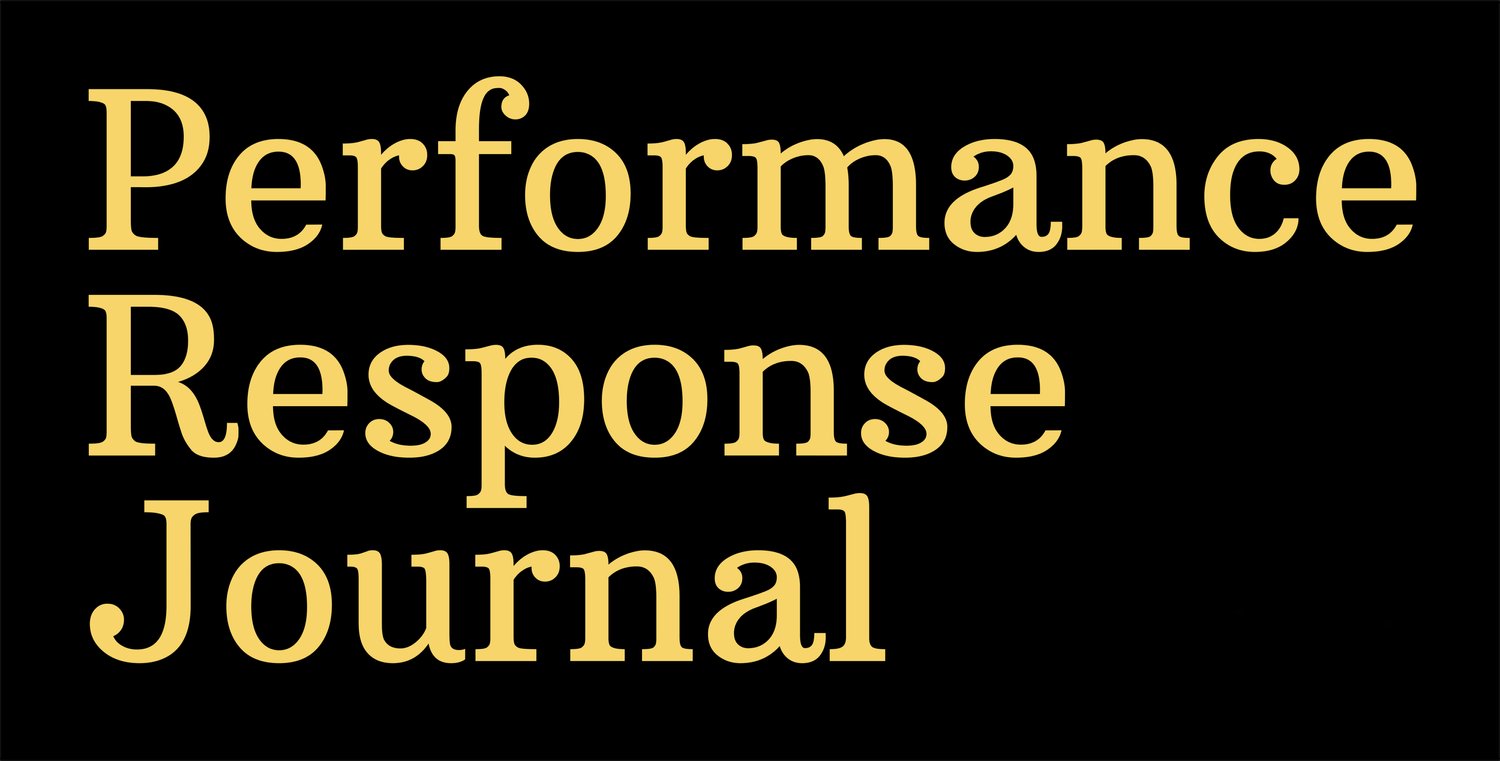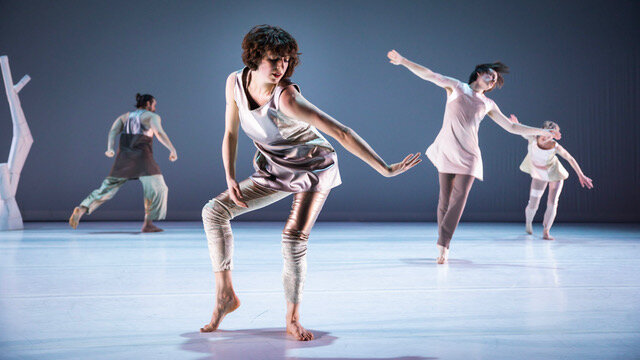Are We More Than Bunnies and Mollusks?: a response by Michelle Giordanelli
A response to a review of Same Planet Performance Project at the Dance Center of Columbia
February 21 & 22, 2020
image by Vin Reed
********************
I feel like everything I say these days has to come with a disclaimer. I’m living in a reality where political correctness is necessary, judgement is louder than ever, and freedom of speech is being stripped away because we’re not willing to allow dissenting opinions to be heard. I’ve found that I stay quiet. Staying quiet has become my way of surviving. I know I still face criticism for that choice—for not being loud—but for now staying quiet, looking inward, and being an active listener seem to coalesce into a role of balance in my direct and indirect circles.
However, a dear friend, intelligent dance maker, and integral member of the Chicago dance community wrote an article the other day that has given me far too much to chew on. Some of my own questions regarding art, dance, and critique at large have bubbled up to this point of initial release.
I hear criticism often about dance failing to making statements. But, I don’t know that I believe that to be its mission. Shouldn’t dance make us feel and respond? Whether that be frustration, camaraderie, neglect, motivation, etc. Maybe its broader mission is to ensure its audience doesn’t walk away unresponsive. Art is already political in nature. Can it sometimes exist as an escape from our private miseries and sometimes exist as a call to action? Does it have to be an act of activism in order to be influential? I understand that there is a thick smog of anger in our atmosphere from these politically charged times. I am angry too. But, I don’t believe dance needs to be blatant. Its beauty exists in its ability to transcend language.
I was a dancer in the performance “Wild Terrain” referenced in the above critique. We were not mere animals in either of the pieces. We were embracing the animalistic qualities of humans and the natural world we live in and are destroying. We were humans responding. In Ivy Baldwin’s piece one entry point may have been a mollusk discovering its ancestor’s shell, but there were larger reactions and consequences unraveled in the work. The vocal harshness and physical discomfort that arises from a human gasping for air…whether that be figurative or literal. The comment on the disintegration of the natural world that we as humans are imparting. Maybe seeing that in a human body can make one react more intensely to and experience more closely the idea rather than just seeing an animal suffering?
In Joanna Read’s piece we explored the animalistic derivative of touch. Once again the entry point of an animal was not where it ended. We moved through moments of togetherness that turned into a power struggle not easily or ever resolved. We were humans with the instincts of creatures- relating to much of how I personally experience warranted and unwarranted touch. The performances that have impacted me most recently in Chicago seem to tap into a similar aspect of being. Human nature. We see these animalistic qualities shaping the way our society is interacting. Sometimes I meditate on how different or similar we are, and I relate the human behavior I see and experience to that of animals. I don’t think privilege has anything to do with acknowledging and exposing that side of humans.
I wonder if abstraction comes not from a place of privilege but as a means of combatting privilege. Same Planet attempts to assert its importance and acknowledge privilege through this very act. We can only create from a place of known, but to reach those whose experiences we cannot fully understand, we must abstract. Abstraction allows a broader audience to relate to the work; various cultures, classes, sexualities, and races. The sensibility of dancing definitive truths envelops more so this idea of privilege than the concept of abstraction does. Our comments on the world around us would seem privileged if we couldn’t abstract them to try and relate to the social exertions that exist beyond our spheres. Isn’t explicitness privilege? Isn’t abstraction the thing keeping dance alive and powerful? Especially as white people?
The term white privilege is one that I struggle with daily. I am white (as are the choreographers Read and Baldwin) and I am privileged. There is an innate subjectivity of the dancer and choreographer, but can it be perceived as an asset rather than a liability? In her review Leopold comments “and it is precisely this subjectivity (race, gender, sexuality, nationality, class, and so on) that connects staged dance to the world stage” and I find this true. But, does being white need to be our scarlet letter when we cannot escape that our creativity erupts already (and always) from our subjective experiences? I can’t help but feel that the term white privilege has become more divisive than descriptive. Can we acknowledge that there is still great racial injustice in the world without furthering the divide? I cannot possibly understand countless injustices. That is a fact. But, can I accept this fact and work towards betterment for society? I have to believe that is more productive. How can I best support marginalized groups? Is instilling guilt the way forward for justice and equality?
I witness a disconcerting pattern of empathy and concern being ostracized and criticized when they’re not being expressed in the “correct” way. It’s visible constantly in mainstream news and throughout my social media stream. Shame. Read’s 2018 piece “Lie Through My Skin” scratched the tip of such a bloated subject. I saw an article just yesterday suggesting that if we reacted instead to climate change with the seriousness and ferocity we are reacting to the coronavirus we would be making better headway. Can it be that we use such fierce intention to propel us from one concern to the next? And that same intention to approach inclusivity in our communities? Can we inform our peers without blaming them? I ask this as a guilty participant on both ends. What is effective? It comes back to my concern that we are becoming a society that uses division and shame as a means of producing results.
Can we open doors for the expansion of art into more diverse communities without closing others? Can we work towards making concert dance more accessible and culturally integrated without imparting shame? After all, movement historically brought communities together. Can we be more about inclusivity and less about exclusivity? I understand that many of my questions are idealistic, but I want to be angry at the elite together with my peers. Let’s remember that we’re on the same team. The future of art and our world seems more bleak and divisive if we can’t at least try.
********************
Michelle Giordanelli has been a dance artist in Chicago since 2015- graduating from SUNY Purchase in 2014 and moving from New York the following year. Here she has danced for the Leopold Group and just finished performing in her fourth season with Same Planet Performance Project.


